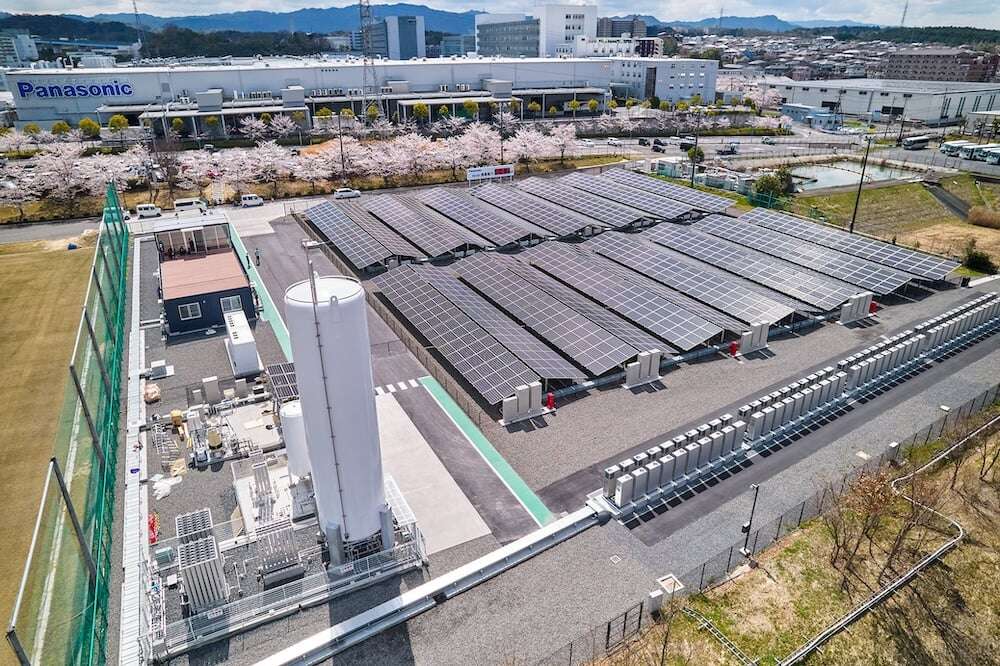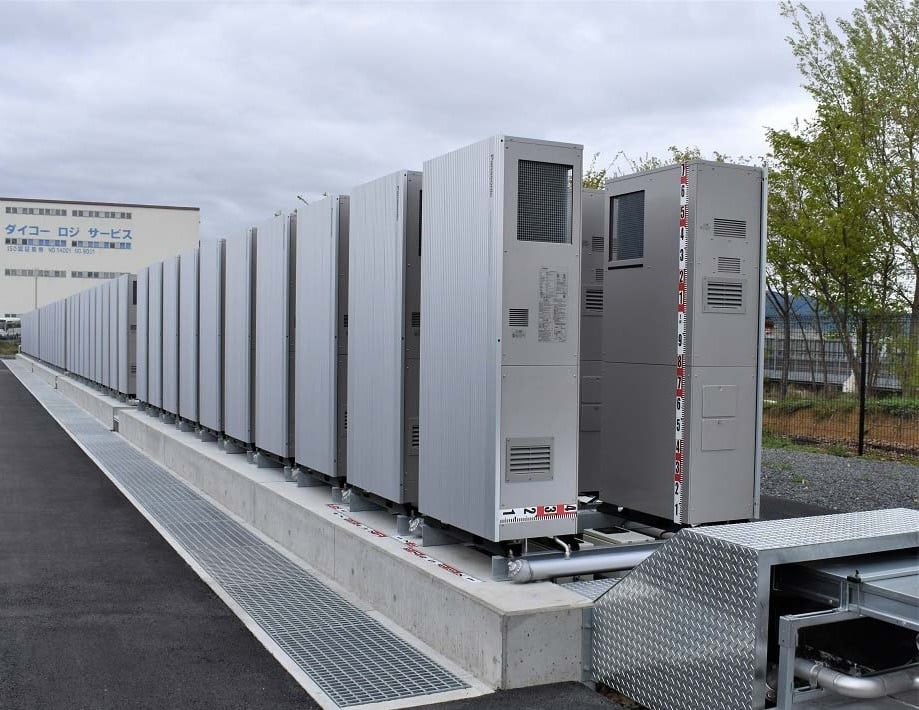
Revolutionizing Energy Management

Industry
Renewable Energy & Sustainability
Challenge
Real-Time Data Integration for Sustainable Facility Management
Results
The H2 KIBOU FIELD stands as a powerful example of how large-scale facilities can integrate diverse systems, harness real-time data, and optimize energy efficiency to meet sustainability goals.
Key Product
BizStack, BizStack Assistant
One benefit is that we are now able to quickly provide optimal answers and create proposals to the issues that people are really concerned about and want to solve, instantly.

Masahiro Yamamoto
Global Environmental Business @ Panasonic

Panasonic H2
The H2 KIBOU FIELD is a cornerstone of Panasonic’s sustainability efforts, powered entirely by renewable energy from hydrogen fuel cells and solar power. It exemplifies the company’s commitment to achieving carbon neutrality and advancing hydrogen energy solutions as part of its GREEN IMPACT initiative, positioning Panasonic at the forefront of industrial decarbonizationThe Challenge
As a flagship project in Panasonic's sustainability vision, H2 KIBOU FIELD exemplifies their commitment to a carbon-neutral future, powered by hydrogen and renewable energy. The facility plays a critical role in demonstrating the feasibility of a clean energy future. However, managing energy efficiency across disparate systems—such as hydrogen fuel cells, solar power arrays, and facility management tools—proved challenging. Panasonic needed a solution to centralize real-time data for optimal performance and to deliver comprehensive, data-backed insights to its clients.
The Solution
MODE deployed its BizStack IoT platform to consolidate Panasonic’s previously fragmented systems into a unified data ecosystem. The platform integrated sensors, energy management systems, and hydrogen fuel cell data into a single, real-time dashboard. This allowed Panasonic to seamlessly monitor energy consumption, system performance, and environmental conditions across the facility. With automated data collection, all critical systems were interconnected, enabling operators to have a clear, real-time view of the facility’s operational efficiency and sustainability metrics.
Real-Time Monitoring: Panasonic now had continuous, real-time visibility into energy usage, equipment performance, and renewable energy contributions. The facility could make data-driven adjustments immediately, ensuring that all systems were running optimally at all times.
Centralized Data from Disparate Systems: By integrating previously isolated systems into one cohesive dashboard, MODE enabled Panasonic to streamline operations, improve communication between facility systems, and reduce the complexity of managing their carbon-neutral infrastructure.
Automated Insights and Reporting: The platform generated automated reports, turning vast amounts of raw data into actionable insights that Panasonic used to refine operations and enhance customer proposals.

